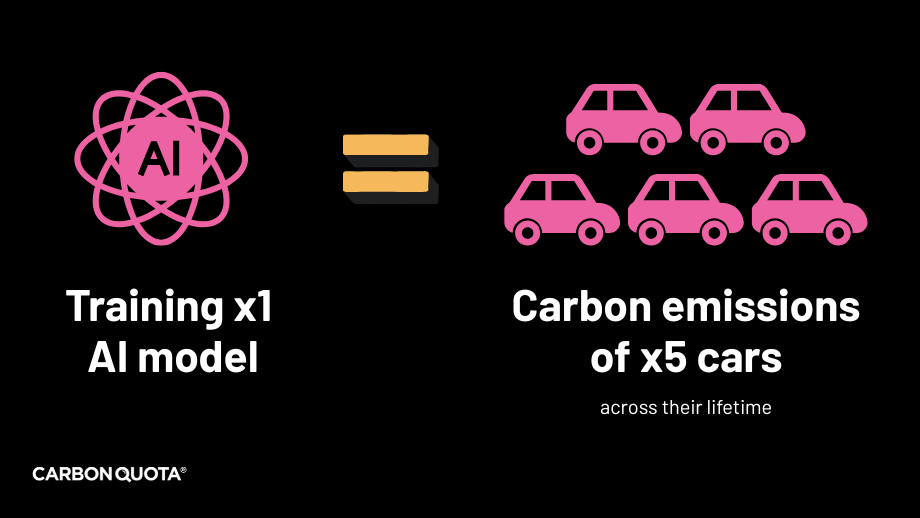As our world becomes increasingly digitised and technology such as AI becomes widespread, we need to consider the environmental impact of these activities in light of the climate crisis.
It’s a common misconception that the environmental impact of digital activities is minimal because they don’t ‘use’ or ‘create’ physical goods. However, this is not the case.
From the rare materials that need to be extracted to build computers, to the energy needed to power data centres around the world, the infrastructure that supports the digital world has a vast environmental impact.
Why should we be concerned about emissions from digital activities?
In 2024 the World Bank estimated that the IT industry accounts for at least 1.7% of global emissions, with other literature estimating it could account for up to 4%. For context, the aviation industry is estimated to account for 2.5% of global emissions. While we continue to make strides in energy efficiency in computing, one third of the world remains unconnected to the internet. This suggests that there will continue to be vast growth in the IT industry that will mitigate or outpace any progress we make in computational efficiency.
The increasing prevalence of AI also presents an environmental challenge. Due to AI’s intense data and computational needs, it requires a large amount of energy and therefore results in significant greenhouse gas emissions. A study by the University of Massachusetts found that the computational power to train a single AI model resulted in the same number of emissions as five cars across their lifetime. This underlines how the growing everyday use of AI poses a threat to the climate if left unaddressed.
What is creating the emissions from digital activities?
There are two major components that result in the majority of emissions from digital activities:
- The ‘embodied’ emissions of the devices and hardware that host our digital world
- The energy used to power these devices
Embodied emissions are the emissions resulting from the lifecycle of a product. This includes the extraction of raw materials, manufacturing, transport and disposal. All these processes need to occur for the product to exist and be used, so therefore the emissions created by these processes are ‘embodied’ in the product.
The production of IT equipment contains some especially carbon intense activities. One of these activities is the extraction of rare-earth metals to produce the computational components of smartphones, personal computers and servers. This process is extremely energy-intense and results in a myriad of environmental issues beyond greenhouse gas emissions. Processes such as this result in IT equipment having large, embodied emissions associated with them.
The other major contributing factor to the emissions stemming from the digital world is the energy needed to power its infrastructure and the devices we use to access it. It has been estimated that data centres consume approximately 1-2% of the world’s energy, and this is expected to continue to rise. There is also energy required to power the transmission networks that deliver data across the world and the devices digital content is ultimately consumed on. With dependence on fossil fuels for national grids still high, supplying energy to our digital world represents a major climatic issue.
What can we do?
The first step to solving any problem is to understand it. Therefore, measuring your organisation’s digital carbon footprint is an essential first step in tackling this issue. You should look to understand the impact of your network, your IT equipment and the consumption of any digital content you produce and disseminate.
Once you know where your carbon hotspots are you can then begin to formulate decarbonisation strategies. For example, if you find that your digital-related emissions are stemming from your network, you should move to cloud-hosting providers which are powered by 100% renewable energy.
While emissions resulting from digital activities is a significant and growing problem, it is not insurmountable. By measuring and then reducing your emissions from these activities we can begin to turn the tide before it grows any further.



